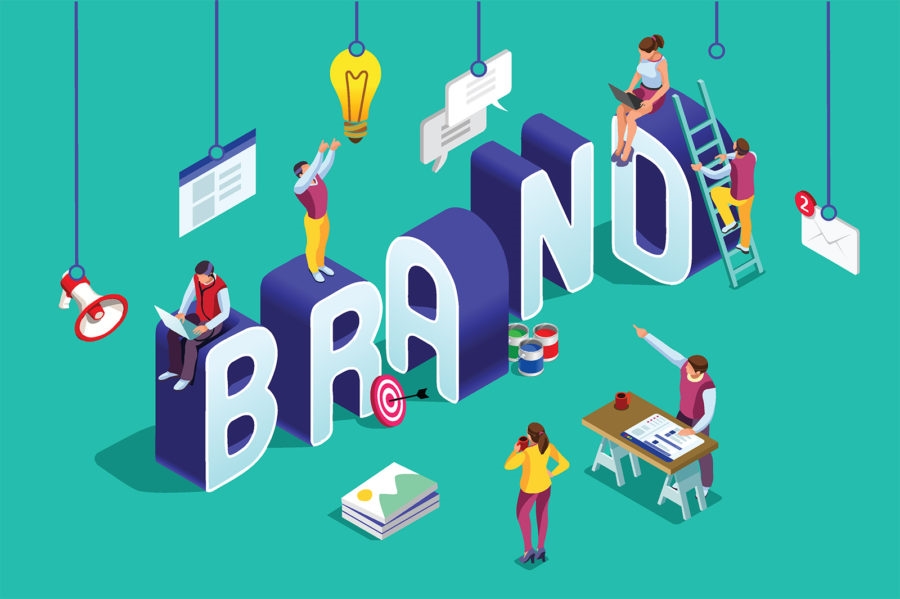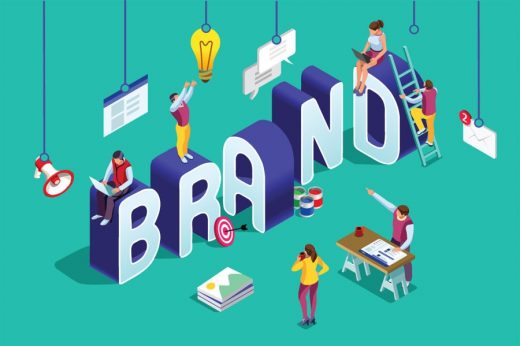How to Maintain Brand Equity During a Site Redesign

Having well-recognized and positive brand equity is a huge advantage for any business. Companies with a respected brand can often charge more for their products or services and obtain better results from their marketing efforts.
But cultivating a strong brand takes diligence, and one of the biggest challenges occurs when you redesign your website. A redesign, by its nature, is about changing things and exploring new technology. So, how do you update your site to a modern look without losing who you are?
Working with an experienced web designer is a good place to start, but the tips below can help you make sure your new site successfully integrates your brand.
5 Tips to Maintain Brand Equity During a Redesign
1. Review (or Create) a Brand Style Guide
Sometimes a website design project can include a full re-branding of the business. More often than not, you are planning to keep your current brand and looking to update the functionality and aesthetics of the site.
Before starting a website redesign, review your company’s brand style guide, and if you don’t have one, consider putting a basic version together. A brand style guide essentially outlines how your brand should be presented and it typically includes guidelines on:
- Your company name
- Logo design
- Company slogan
- Mission statement & company slogan
- Color schemes & typography
- Copy and messaging, such as when to include disclaimers, affiliations or trademarks
A lot of large companies will publish a copy of their brand style guide online. For example, Netflix’s brand style guide has specific details on how to display their logo in different situations along with release rights. Regardless of the format of your brand style guide, share as much as the information above with your website designer.
2. Update Your Logo Design First (If Needed)
Wherever your company name appears online, you can expect your logo to be beside it. Given that, your logo is an extremely important representation of your brand.
Before starting the web design project, ask yourself: Does our logo accurately reflect our current brand? If not, invest in a logo design first. In order to seamlessly integrate your branding into the site, a skilled web designer will typically pull colors and elements from the logo and carry those elements throughout the site.
Having a modern web design with an ancient logo from the ‘80s will create a disconnect between the site design and your brand. A beautiful site with a bad logo is like seeing a man dressed in a top-of-the-line business suit paired with old sneakers. You can spot the problem right away.
3. Integrate Your Brand’s Personality into the Design
Every brand has a personality. Some brands are fun and casual while others have a more serious and matter-of-fact feel.
Everything on the website from the choice of colors to the imagery can convey and support your brand’s tone of voice. This is why the brand style guide can help a web designer get to know your business history and brand. An experienced web designer can then use an intriguing color scheme, font treatments, and captivating imagery in order to integrate the brand personality.
However, your website shouldn’t just be an online version of a branded brochure. Your website is an interactive tool and the website design needs to create an emotional connection and drive web visitors to a certain action on the site. This is critical whether you have a B2B website design or B2C website. In addition to integrating your branding, your web designer will be considering the user flow, the visual hierarchy and the placement of objects in order to engage and drive a user on an ideal path.
4. Keep the Messaging Consistent on Your Website
Consistency is crucial to creating a memorable brand. If people see a different logo or different spelling of your company name every time they come across your business, it will be harder for them to recognize your brand in the future.
Consistency is also important on your website. Web visitors don’t have the patience to try to navigate through a confusing site. A web designer can create an intuitive flow to the site and guide visitors to take action by using consistent elements for buttons and calls to action.
You’ll also want to match the messaging on your website with your brand’s mission statement. On a website, you need to convey that mission statement or value proposition in just a few seconds when a visitor lands on the site. The web-based value proposition should succinctly convey who you are, what you do, what sets your business apart and what step a visitor should take.
When crafting your web-based value proposition, use your mission statement as a starting point. Skype is a great example of a company that has taken their brand and carried it through to their company’s messaging. You can follow the same practice by matching the messaging on your website to the brand’s tone of voice in other places.
5. Update Your Brand Style Guide Post-Launch
A website redesign project can bring to light a lot of problems and opportunities. You may realize during the project that you need to shift your branding and messaging. If you’ve made any drastic branding shifts during the project, then it’s important to update all your business materials and marketing elements to reflect those changes.
After you’ve launched the new site, you’ll typically receive a web style guide. This is similar to a brand style guide, but it will include the colors, fonts, and styling used on your website. You should keep a copy of this and add the web style guide to your overall branding guidelines.
Then evaluate the following items to see if you need to update them after the website launches:
- Your business card
- Your business’ social media profiles
- Company email signatures
- Sales materials and proposals
- Brochures
- Employee training and documents
Remember that consistency is key to maintaining a strong brand. By staying on top of all the representations of your brand online, you can present a professional and trustworthy image to prospects and customers.
Digital & Social Articles on Business 2 Community
(22)


